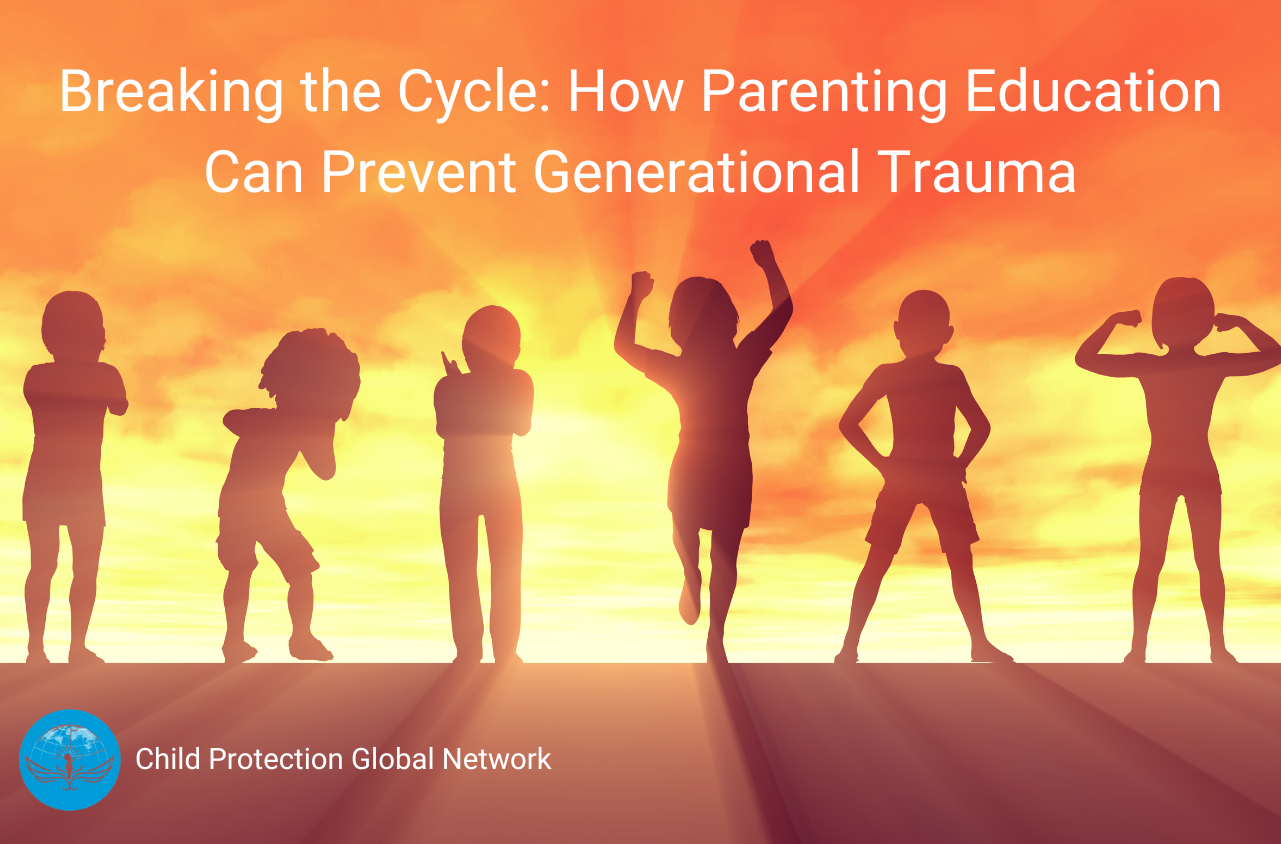
Cultural Barriers to Child Protection: Challenging Harmful Traditions
At CPGN, our mission is to ensure the safety and protection of every child, no matter where they are in the world. Yet, one of the most significant challenges we face is overcoming cultural barriers that perpetuate harm under the guise of tradition. Practices like child marriage, child labor, and even domestic violence are often deeply rooted in cultural norms, making them difficult to address. These harmful traditions not only rob children of their childhood but also jeopardize their future.
Understanding Cultural Barriers
What are some examples of cultural barriers? In many communities, traditions are passed down through generations, often without question. Child marriage, for instance, is seen as a way to preserve family honor or alleviate financial burdens. Similarly, child labor is sometimes justified as a means of teaching responsibility or contributing to family income. These practices, though culturally accepted, violate children’s rights and hinder their development.
Cultural barriers for effective communication further complicate efforts to protect children. Misunderstandings, language differences, and resistance to outside intervention can make it challenging to advocate for change. For example, discussing sensitive topics like domestic violence or child abuse may be taboo in certain cultures, leaving victims without a voice.
Breaking Cultural Barriers
At CPGN, we believe that change is possible. Breaking cultural barriers requires a respectful, community-centered approach. Instead of imposing external solutions, we work alongside local leaders and families to find alternatives that honor their values while safeguarding children.
One strategy for overcoming cultural barriers is education. By raising awareness about the long-term consequences of harmful practices, we can shift perspectives. For instance, teaching communities about the psychological and physical toll of child marriage can inspire them to reconsider its necessity. Similarly, highlighting the benefits of education over child labor can encourage families to prioritize their children’s future.
A Vision for a Brighter Future
Imagine a world where no child is forced into marriage or labor. A world where cultural traditions celebrate and protect childhood rather than exploit it. This is the vision that drives CPGN, a dedicated child protection organization. By addressing cultural barriers, we’re not just protecting children—we’re empowering communities to create a brighter, safer future for the next generation.
How You Can Help
Overcoming cultural barriers to child protection is a global effort that requires support from individuals like you. As the best NGO for child protection donations, CPGN uses your contribution to fund educational programs, train local advocates, and provide vital resources to communities in need. Whether you’re in New York or anywhere in the US, your support can make a world of difference.
Together, we can challenge harmful traditions and ensure every child grows up in a safe, nurturing environment. Visit cpgn.org to learn more about how you can support our mission. Let’s break down cultural barriers and build a future where every child is protected and cherished.